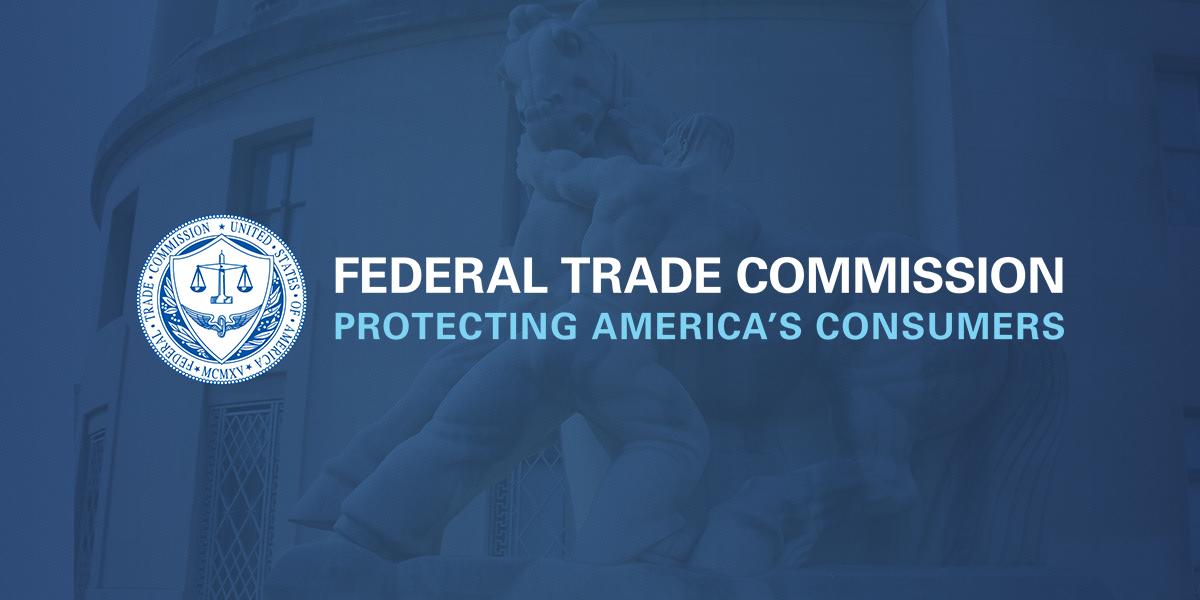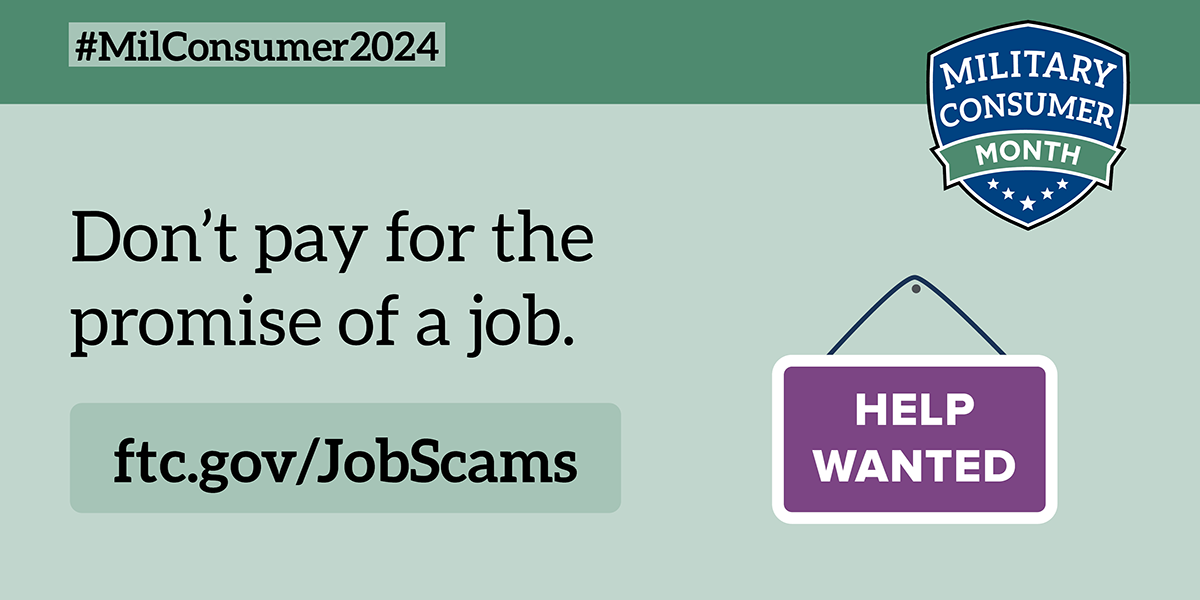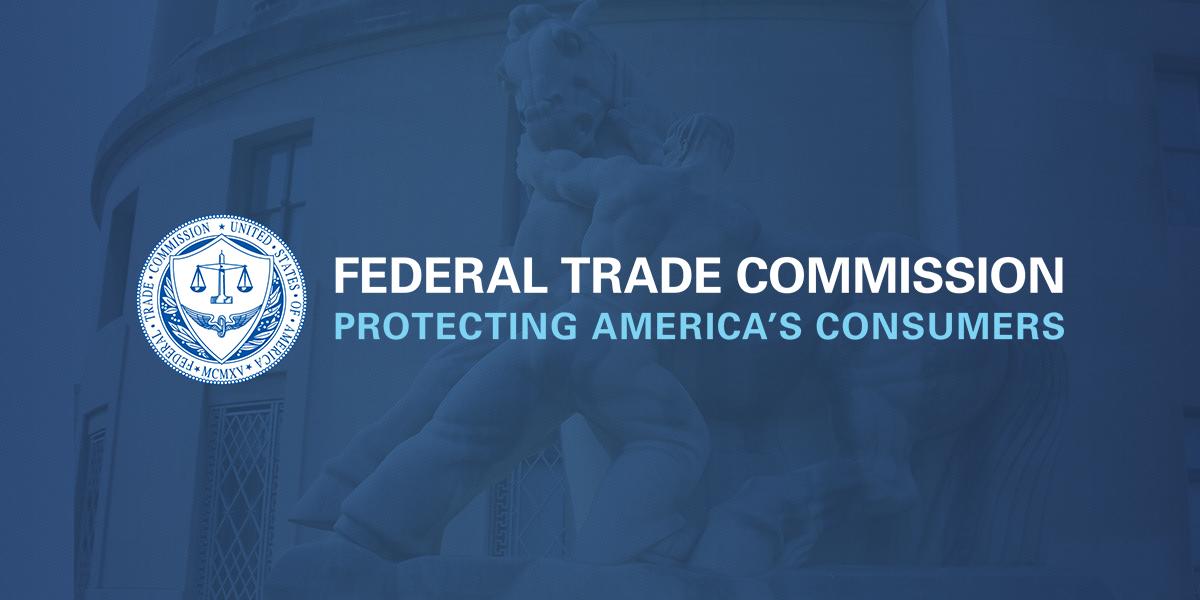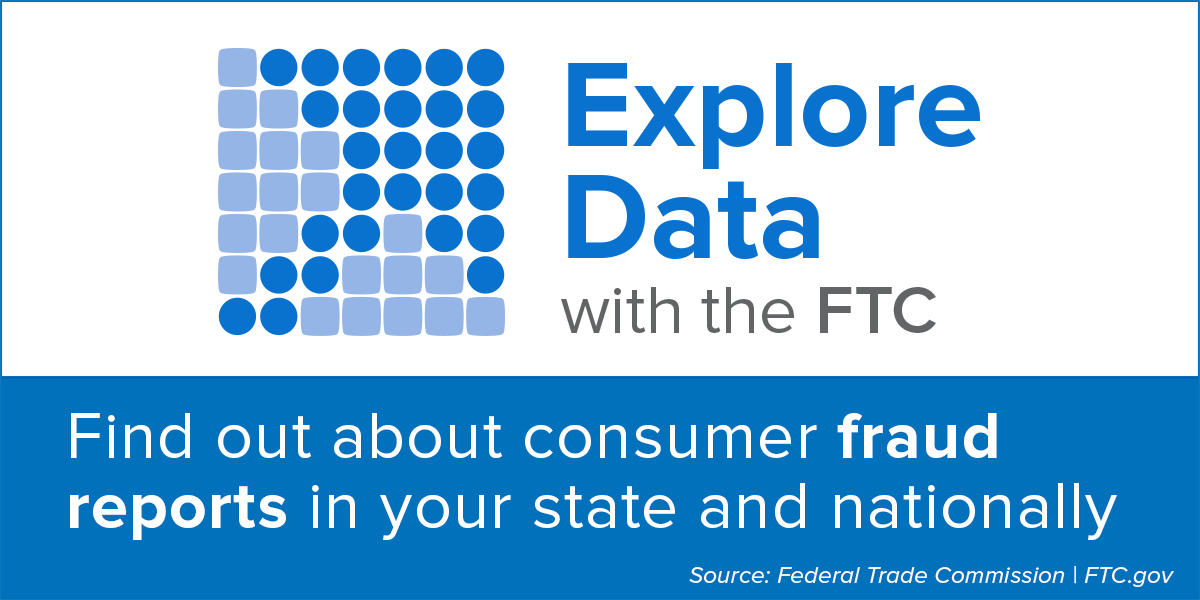Letter to Morgan Stanley offers security insights about insiders
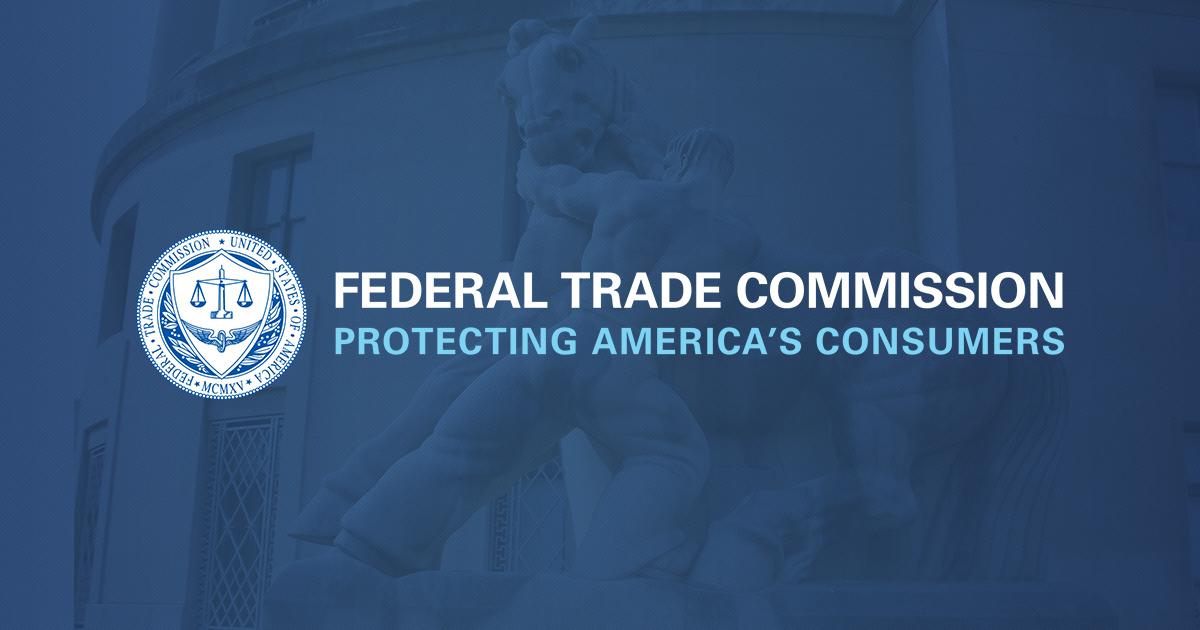
Letter to Morgan Stanley offers security insights about insiders
Businesses are understandably concerned about the threat that hackers pose to the security of sensitive data on their networks. But a closing letter the FTC staff sent to Morgan Stanley Smith Barney LLC warns of another danger lurking closer to home.
The FTC staff investigated the allegation that a Morgan Stanley employee had misappropriated information about the company’s wealth management clients. How did the person do it? By allegedly transferring data from Morgan Stanley’s network to a personal website accessed at work, and then onto personal devices. The exported data later showed up on other sites, leaving the information vulnerable to misuse – and exposing Morgan Stanley’s clients to potential harm.
The letter lists the staff’s reasons for closing the investigation, including the fact that Morgan Stanley had already implemented policies designed to protect against insider theft of personal information. What protections did the company have in place? For example, it had a policy limiting employee access to sensitive customer data without a legitimate business need, it monitored the size and frequency of data transfers by employees, it prohibited employee use of flash drives or other devices to download data, and it blocked access to certain high-risk apps and sites.
But in this instance, the investigation determined that the Morgan Stanley employee was able to get certain client information because the access controls for a narrow set of reports were improperly configured. However, once the problem came to light, the company moved quickly to fix it.
As with most letters like this, the decision to close the investigation shouldn’t be taken to mean that staff thought the law had – or hadn’t – been violated. The letter also notes, “The Commission reserves the right to take such further action as the public interest may require.”
Chances are you’re reading this while connected to a network with similarly sensitive information. What can other companies learn from the Morgan Stanley episode?
An ounce of prevention is worth a pound of breach. While you’re safeguarding your network from outside threats, think through any places where your system could be porous internally. Consider how confidential information moves through your company and then retrace its steps from the perspective of a rogue staffer. Shore up any weak spots in your defenses.
Limit access to confidential material to employees with a legitimate business reason. At a concert, backstage passes are reserved for a select few. Implement a similar policy when it comes to sensitive information in your company’s possession. Not every staff member needs instant access to every piece of confidential data.
Data security is an ongoing process. Savvy companies adjust their practices in light of current risks and changing technologies. As employees increasingly use personal sites and apps, deploy appropriate controls to address the potential risks of broad access on work devices.
What's Your Reaction?
 Like
0
Like
0
 Dislike
0
Dislike
0
 Love
0
Love
0
 Funny
0
Funny
0
 Angry
0
Angry
0
 Sad
0
Sad
0
 Wow
0
Wow
0
